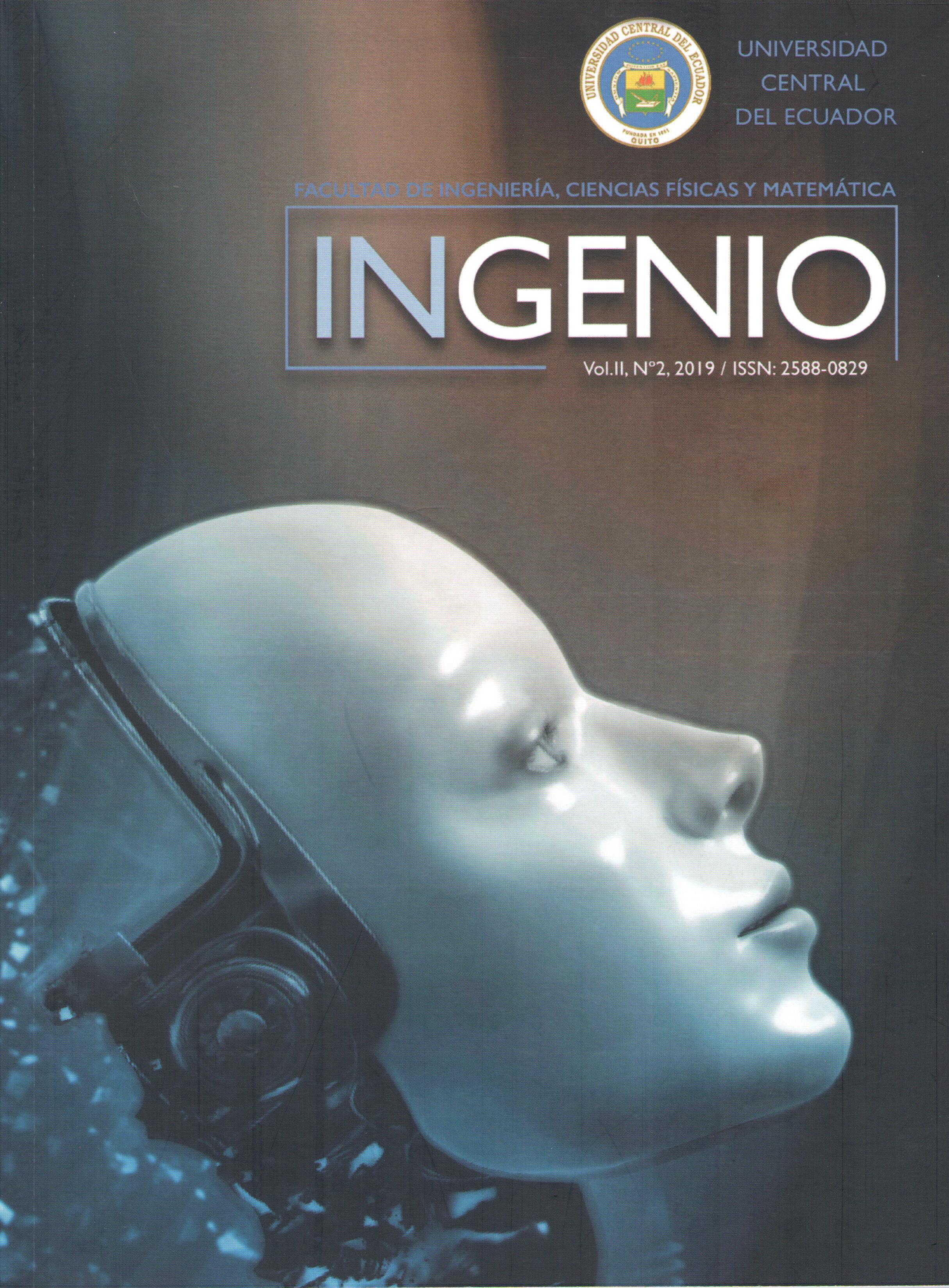Use of Stable Isotopes for the Study of Surface Water Sources in Ecuador and Implications for Water Resources Management
Main Article Content
Abstract
This study is focused on an investigation of rainfall and runoff processes in the Ecuadorian Andean Mountains with emphasis on implications to the management of hydraulic resources using of δD and δ18O values. The following question have guided this project: (1) How do the δD and δ18O values vary in runoff-rainfall processes in two adjacent watersheds that have different rainfall patterns? By answering this question, a broader question of how can hydrogen and oxygen isotope compositions be used to improve understanding of runoff sources in mountain streams and their contribution to hydraulic resource projects? First, I analyzed the temporal and spatial variation of isotope composition of rainfall data in Ecuador. I compared the previous data with surface water in streams and glaciers during two different seasons in December 2016 and April 2017. The results of this analysis exposed that rainfall isotope values are more affected by altitude and seasonal factors than amount effect factors. Although in hydrologic studies, surface water is difficult to understand, in this case, the results in runoff during both months expose the same variation of the rainfall values. This dependency exposes the high potential that stables isotopes have to represent and understand the sources of surface water in Ecuador.
Downloads
Metrics
Article Details

This work is licensed under a Creative Commons Attribution-NonCommercial-NoDerivatives 4.0 International License.
References
J. R. Gat, «Oxygen and hydrogen isotopes in the hydrologic cycle», Annual Review of Earth and Planetary Sciences, vol. 24, n.o 1, pp. 225–262, 1996.
Z. Sharp, «Principles of stable isotope geochemistry», 2017.
P. Lima, M. Stone, E. Ortiz, y B. Andrew, «Analysis rainfall trends in ecuadorian andean mountains over 3000 mand their effects in hydropower projects», Congreso REDU, pp. 12-16, oct. 2018.
Y. Hu, D. Li, y J. Liu, «Abrupt seasonal variation of the ITCZ and the Hadley circulation», Geophysical Research Letters, vol. 34, n.o 18, sep. 2007.
M. C. Molles, y C. N.Dahm, «A Perspective on El Niño and La Niña: Global Implications for Stream Ecology», Journal of the North American Benthological Society, vol. 9, n.o 1, pp. 68-76, mar. 1990.
M. Newman et al., «The Pacific Decadal Oscillation, Revisited», Journal of Climate, vol. 29, n.o 12, pp. 4399-4427, jun. 2016.
«WaterIsotopes.org». [En línea]. Disponible en: http://wateriso.utah.edu/waterisotopes/. [Accedido: 20-jul-2018].
W. Dansgaard, «Stable isotopes in precipitation», Tellus, vol. 16, n.o 4, pp. 436-468, 1964.
J. Gat, Isotope hydrology: a study of the water cycle, 1 online resource (vii, 189 pages) : illustrations. vols. London: : Imperial College Press, 2010.
J. Galewsky, H. C. Steen-Larsen, R. D. Field, J. Worden, C. Risi, y M. Schneider, «Stable isotopes in atmospheric water vapor and applications to the hydrologic cycle», Rev. Geophys., vol. 54, n.o 4, p. 2015RG000512, dic. 2016.





